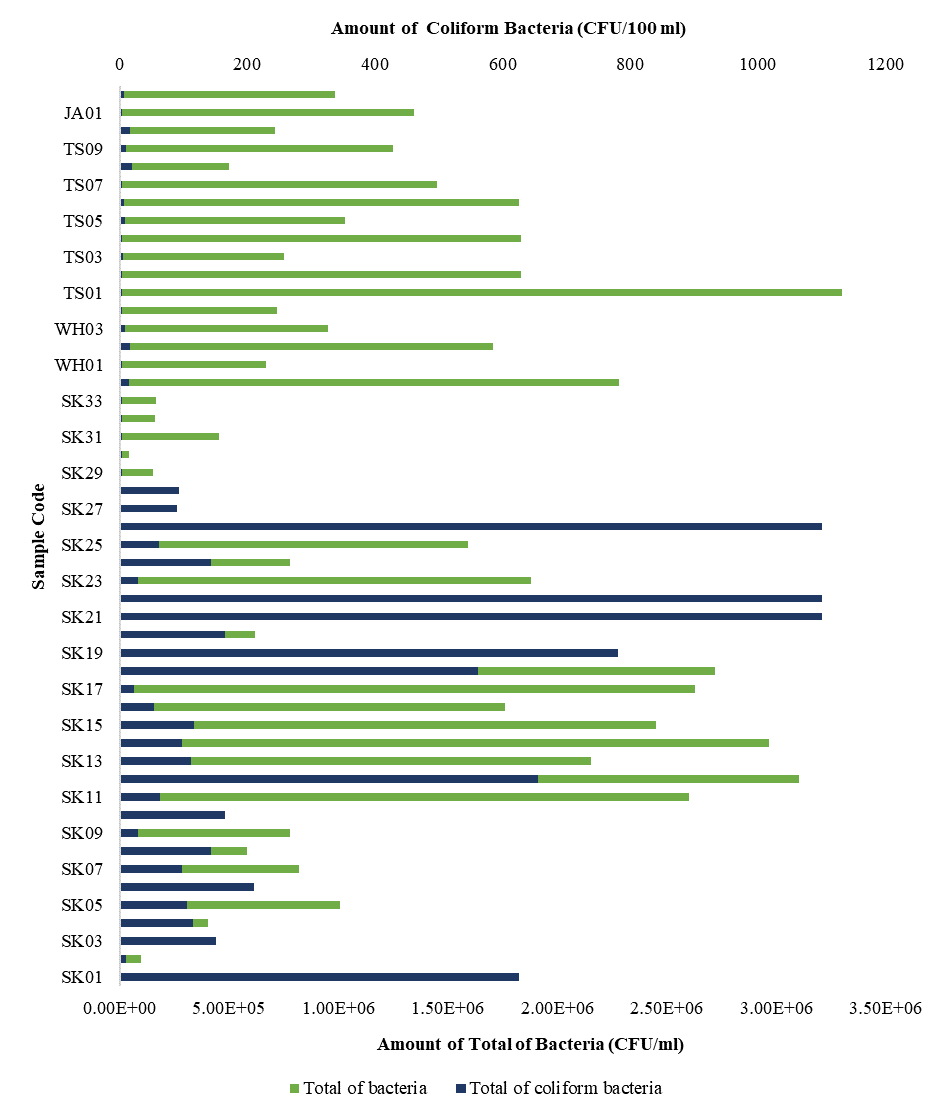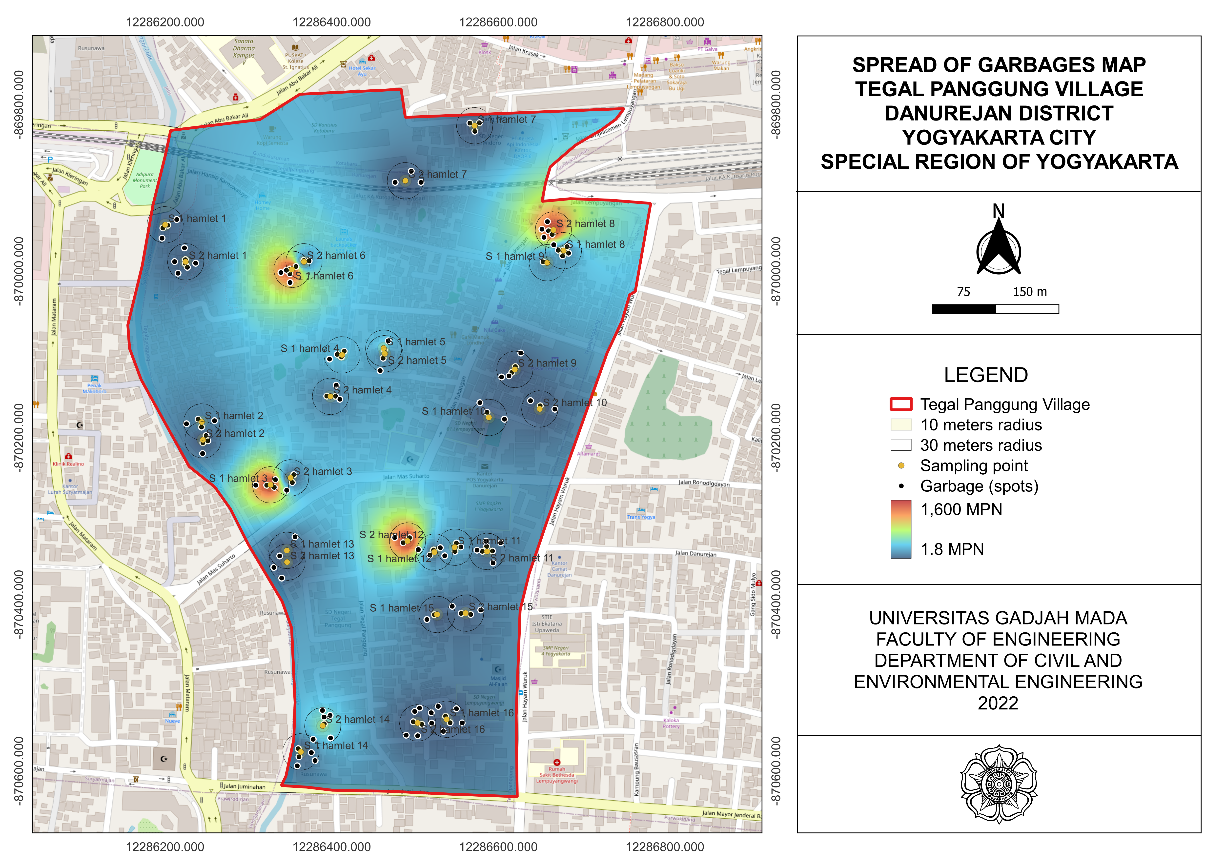Chronic Toxoplasmosis Infection in Members of Cat Breeding Organization in Surabaya
Downloads
Soedarto. Masalah Titer IgG dan IgM dalam Menentukan Diagnosis Toksoplasmosis. J Ilm Kedokt Wijaya Kusuma. 2017;6(2):1–5.https://journal.uwks.ac.id/index.php/jikw/article/viewFile/58/pdf_2
Rachmawati I. Personal Hygiene and Toxoplasmosis Occurences in "Bungkul Cat Lovers” Cat Owners Community in Surabaya: An Association Study. J Kesehat Lingkungan. 2019;11(2):116. https://e-journal.unair.ac.id/JKL/article/view/8904
Andriyani R, Megasari K. Faktor Risiko yang Berhubungan dengan Kejadian Infeksi Toksoplasma pada Ibu Hamil di RSUD Arifin Achmad. J Kesehat Andalas. 2015;4(2):485–489. http://jurnal.fk.unand.ac.id
Darmawan A, Karolina ME, Indah W, Aurora D, et al. Skrining Toxoplasmosis Dengan Rapid Test IgG Di Puskesmas Simpang Kawat Jambi. Medic. 2018;1(2):106–109. https://online-journal.unja.ac.id/medic/article/view/5902
Mohamed K, Zamzami H, Deqnah N, Malki A Al, Alzayer S, Al-Gethamy M, et al. Seroprevalence of Toxoplasma gondii Infection in Blood Donors in Makkah Al Mukarramah. Asian J Epidemiol. 2019;12(1):25–31. https://scialert.net/abstract/?doi=aje.2019.25.31
Seran VJT, Kepel BJ, Fatimawali. Seroepidemiologi Toksoplasmosis Pada Masyarakat Di Desa Kumu Kabupaten Minahasa tahun 2015. J e-Biomedik. 2016;4(1):1–5. https://ejournal.unsrat.ac.id/index.php/ebiomedik/article/view/10841
Tuda J, Adiani S, Ichikawa-Seki M, Umeda K, Nishikawa Y. Seroprevalence of Toxoplasma gondii in humans and pigs in North Sulawesi, Indonesia. Parasitol Int. 2017;66(5):615–618. http://dx.doi.org/10.1016/j.parint.2017.04.011
Yostila D, Armen A. Toxoplasmosis Cerebri Pada HIV AIDS. J Kesehat Andalas. 2018;7(Supplement 4):96–99. http://jurnal.fk.unand.ac.id
Hartati S, Raharjo S, Widiyono I. Studi Gambaran Histopatologis Hepar, Pulmo, Lien dan Otak serta Uji Serologis pada Tikus (Rattus norvegicus) yang diinfeksi Toxoplasma gondii. J Sain Vet. 2017;35(1):9–15. https://jurnal.ugm.ac.id/jsv/article/view/29283
Tahlilli S. Prevalensi Toxoplasma gondii pada Inang Definitif Kucing (Felis domestica) di Kota Mataram Nusa Tenggara Barat. J Sangkareang Mataram. 2017;3(4):52–55. http://untb.ac.id/desember-2017/
Hanafiah M, Nurcahyo W, Prastowo J, Hartati S. Gambaran Histopatologi Toksoplasmosis pada Kucing Peliharaan. J Vet. 2017;18(1):11–17. https://ojs.unud.ac.id/index.php/jvet/article/view/29565
Avin FAA, Melaniani S. Identifikasi Infeksi Toxoplasma gondii Stadium Kista Pada Ayam Ras Sebagai Potensi Penularan. J Kesehat Lingkungan. 2018;10(3):336–342. https://e-journal.unair.ac.id/JKL/article/view/7006
Basri S. Toksoplasmosis Okular Kongenital. J Kedokt Syiah Kuala. 2017;17(2):133–139. http://jurnal.unsyiah.ac.id/JKS/article/view/8993
Hassanain NAH, Shaapan RM, Hassanain MAH. Associated Antenatal Health Risk Factors With Incidence Of Toxoplasmosis In Egyptian Pregnant Women. Pakistan J Biol Sci. 2018;21(9):463–468. https://www.ncbi.nlm.nih.gov/pubmed/30724048
Abd El Wahab WM, Shaapan RM, Abd El Hafiz Hassanain MED, Elfadaly HA, Hamdy DA. Toxoplasma gondii infection and associated sociodemographic and behavioral risk factors among blood donors. Asian J Epidemiol. 2018;11(2):52–58. https://scialert.net/abstract/?doi=aje.2018.52.58
Oyeyemi OT, Oyeyemi IT, Adesina IA, Tiamiyu AM, Oluwafemi YD, Nwuba RI, et al. Toxoplasmosis in pregnancy: a neglected bane but a serious threat in Nigeria. Parasitology. 2019;1–8. https://www.ncbi.nlm.nih.gov/pubmed/31690354
Bamba S, Cissé M, Sangaré I, Zida A, Ouattara S, Guiguemdé RT. Seroprevalence and risk factors of Toxoplasma gondii infection in pregnant women from Bobo Dioulasso, Burkina Faso. BMC Infect Dis. 2017;17(1):1–6. https://bmcinfectdis.biomedcentral.com/articles/10.1186/s12879-017-2583-6
Nasir IA, Aderinsayo AH, Mele HU, Aliyu MM. Prevalence and associated risk factors of toxoplasma gondii antibodies among pregnant women attending maiduguri teaching hospital, Nigeria. J Med Sci. 2015;15(3):147–154. http://dx.doi.org/10.3923/jms.2015.147.154
Priyowidodo D, Hartati S, Kusumawati A, Prastowo J. Diagnosis Toksoplasmosis Kongenital Berdasarkan Gen Surface Antigen-1 Toxoplama gondii Isolat Lokal Menggunakan Polymerase Chain Reaction. J Vet. 2015;16(3):303–309. https://ojs.unud.ac.id/index.php/jvet/article/view/15997
Aditama N, Nurjazuli, Dina RA. Determinan Lingkungan dan Perilaku Behubungan Dengan Terjadinya Penyakit Infeksi Toxoplasmosis Di Wilayah Kota Semarang. J Kesehat Masyaaraksat. 2016;4(5):67–76. https://ejournal3.undip.ac.id/index.php/jkm/article/view/14472
Bagaskoro G. Deteksi Serologis Toxoplasmosis Pada Sapi di Kabupaten Pringsewu Menggunakan Metode TO-MAT. Universitas Lampung; 2019. http://digilib.unila.ac.id
Shaapan RM, Kandil OM, Nassar SA.Comparison of PCR and serologic survey for diagnosis of toxoplasmosis in sheep. Res J Parasitol. 2015;10(2):66–72. https://scialert.net/abstract/?doi=jp.2015.66.72
Saridewi R, Lukman DW, Sudarwanto M, Cahyaningsih U. Survival of Toxoplasma gondii in Goat Milk after Pasteurization with High Temperature and Short Time. J Kedokt Hewan. 2015;9(2):120–123. https://doi.org/10.21157/j.ked.hewan.v9i2.2824
Biru DMA, Detha AIR, Wuri DA. Kajian Pemahaman Peternak dan Pelaku Usaha Produk Pangan Hasil Hewan Tentang Penyakit Zoonosis dan Pencegahanya Di Kota Kupang. J Kaji Vet. 2018;6(2):85–111. http://ejurnal.undana.ac.id/JKV/issue/view/127
Agustin PD, Mukono J. Kejadian Toksoplasmosis Pada Pemelihara Dan Bukan Pemelihara Kucing Di Kecamatan Mulyorejo , Surabaya. J Kesehat Lingkung. 2015;8(1):103–117. https://e-journal.unair.ac.id/JKL/article/view/3107
Hanafiah M, Nurcahyo W, Prastowo J, Hartati S. Risk Factor of Toxoplasma gondii Infection in Domestic Cat in Yogyakarta Special District Province. J Kedokt Hewan. 2015;9(1):55–58. https://doi.org/10.21157/j.ked.hewan.v9i1.2792
Krihariyani D, Diah Woelansari E. Seroprevalensi Antibodi IgG Toxoplasma gondii Pada Ibu Di Rangkah 6 Surabaya. e- J Poltekes Jakarta. 2015;3(1):29-38. http://ejurnal.poltekkesjakarta3.ac.id/index.php/jitek/article/view/148
Yuliawati I, Nasronudin N. Pathogenesi S, Di Agnosti C and Management of Toxoplasmosis. J Trop Infect Dis. 2015;5(4):100. https://e-journal.unair.ac.id/IJTID/article/view/2008
Halimatunisa F, Prabowo AY, Kedokteran F, Lampung U, Anatomi B, Kedokteran F, et al. Diagnosis Toxoplasma Gondii Dan Toksoplasmosis. Medula. 2018;8(1):127–130. https://juke.kedokteran.unila.ac.id/index.php/medula/article/view/2138
Triana A. Faktor Determinan Toksoplasmosis Pada Ibu Hamil. J Kesehat Masy. 2015;11(1):25-31. https://journal.unnes.ac.id/nju/index.php/kemas/article/view/3459
Nurcahyo W, Priyowidodo D. Toksoplasmosis Pada Hewan. Prastowo J, editor. Yogyakarta: Samudra Biru; 2019.
Must K, Hytönen MK, Orro T, Lohi H, Jokelainen P. Toxoplasma gondii seroprevalence varies by cat breed. PLoS One. 2017;12(9):1–10. https://journals.plos.org/plosone/article?id=10.1371/journal.pone.0184659
Eka Febianingsih NP, Indriani C, Artama WT. Seroprevalensi Toksoplasmosis di Kabupaten Gianyar, Bali. Ber Kedokt Masy 2017;33(2):61-66. https://jurnal.ugm.ac.id/bkm/article/view/11400
2. Formal legal provisions to access digital articles of electronic journal are subject to the provision of the Creative Commons Attribution-ShareAlike license (CC BY-NC-SA), which means that Jurnal Kesehatan Lingkungan is rightful to keep, transfer media/format, manage in the form of databases, maintain, and publish articles.
3. Published manuscripts both printed and electronic are open access for educational, research, and library purposes. Additionally, the editorial board is not responsible for any violations of copyright law.
JKESLING by UNAIR is licensed under a Creative Commons Attribution-ShareAlike 4.0 International License.







































